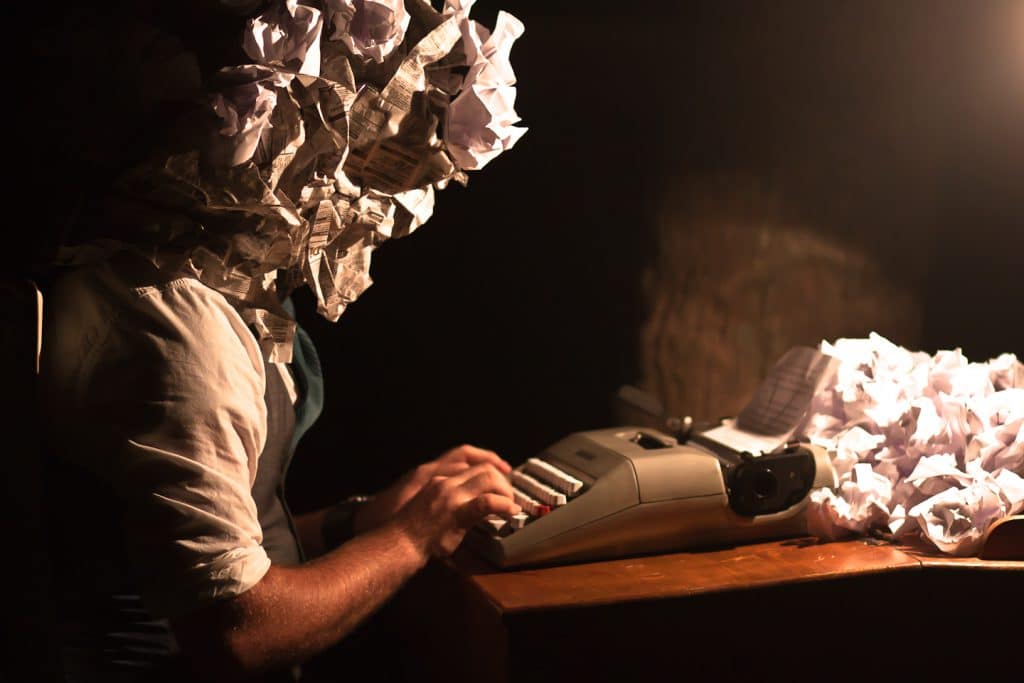
Written by Angela Moriggi
Editing and inspiration: Kelli Rose Pearson, Lorena Axinte, Alessandro Vasta, Anastasia Papangelou, Marta Nieto Romero.
How can we convey the value of interdependence without falling into cheesiness? How do we advocate for re-appreciation of traditional textiles without being overly didactic? How can we talk about urban regeneration with a hint of humor?
Moral Dilemmas. Conflicting Values. Ethical Explorations. Our research on Sustainable Place-shaping is fraught with normative tensions and ambiguities. Which is precisely why it is filled with such wonderful potential for telling powerful stories.
Key word: Potential…
The fear of the page
Over the last six months, our Children Book team has had to deal with the greatest challenge all writers face sooner or later: the inexorable, spine-chilling, dreaded…FEAR OF THE PAGE.
Your head spins with ideas, your characters are so vivid in your mind, your moral is so self-evident when you reflect on lessons from your fieldwork… and yet, the blank Word file shines in front of your eyes. And you convince yourself that this one more time it might be wiser to leave the page there. Why not read yet another children’s book for inspiration? Why not binge-watch yet another Netflix series? Maybe this time you will really grasp what makes these stories so successful.
The next morning, it’s you vs. the Word file again! There is no escape. But just when all feels lost (following the arc of every good adventure story) the combination of the hero’s plucky determination to jump into the unknown, the help of a wise mentor and guide (our professional writing coaches), and a pinch of (ever) necessary self-love leads us forward. The words finally start flowing.
As shared in a previous blog post, our creative writing learning journey began with a crash course in story basics with story coach and improve expert Pierpaolo Buzza. He gave us the courage to begin. As we moved deeper into our adventure, a second storytelling wizard appeared to us in the guise of Mr. David Thorpe of Wales, a professional writing coach with a passion for sustainability and children’s stories. Below we share a couple of the most fascinating insights learnt thus far under David’s tutelage.
Developing the characters in a story: Shadow Self and Inner Conflicts.
Insight #1: Understanding the Shadow Self
Think of your best friend, your mother, your colleague. As much as you love or admire them (or both) there is inevitably one thing, one aspect of their personality that you can’t help but dislike. In fact, at times, it downright annoys you. Often, what we most dislike in others is a trait that we possess as well, and it is usually buried deeply under the veil of our unconscious. Understanding and elaborating this “Shadow Self” (so-called in Jungian psychology) can be an effective tool to develop a complex and compelling character and their antagonist (literal or psychological).
Insight #2: Identifying Inner Conflict
In order to make the characters come alive and to create tension and intrigue in our stories, David coached us through the processes of identifying the key Inner Conflicts for each and every one of our story characters. After the identifying the most important Inner Conflicts, we had to decide how or whether they would be resolved. Indeed, the finale of a story is determined by whether the protagonist achieves their plot goal and overcomes their personal flaw or inner conflict.
Creating a sticky plot: Building up drama to the most captivating Climax.
Once the characters’ personalities, inner conflicts, early traumas, shadow selves etc. have been constructed, the fun part begins. As the author nudges (or throws) their newly minted personalities into relation with each other, storylines are generated and captivating scenes come to life!
Still, a plot is no easy thing to develop. We have all struggled to create key dramatic turning points that lead to our heroes’ near failure and successive resurrection. There are no shortcuts – the process of writing a story is almost as dramatic as the story itself. The story needs to be written and re-written, again and again and again (and again). Only in the tenth draft, if you’re lucky, a good plotline starts to take shape – we are all searching for the one that glues the reader to the page in a rollercoaster of drama and suspense.
Luckily, with the professional experience of David and with the constant peer-support among the six of us [1], we have all managed to bring our stories to life – six new worlds exist in our collective imaginary. We have the wondrous experience of seeing our dry research come to life in fantasy.
Now for the final challenge! The pages are no longer blank, they filled with words and worlds. In this final phase, we will continue to polish and shape our stories until we can share them with the world, as presented in our beautiful Children Book… [we are still looking for a title :-)]
We are almost there! Stay tuned and thanks for supporting so far!
Useful resources
David Thorpe writing and consulting (highly recommended by the team)
[1] Anastasia Papangelou, Kelli Rose Pearson, Lorena Axinte, Alessandro Vasta, Marta Nieto Romero, Angela Moriggi.
